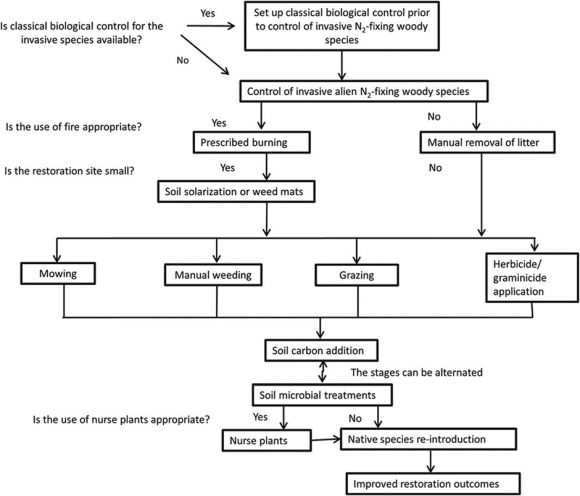29 September 2015 | By Franz Essl
A new study led by C·I·B associate Franz Essl (University of Vienna) and including several C·I·B researchers was published in the journal BioScience. Invasions of alien species begin with the human-assisted movement of living individuals or propagules across biogeographic barriers. As a result, the contributions of specific pathways to introduction and subsequent invasion—and the changes in the importance of pathways over time—are receiving increasing attention from scientists and policymakers.
This publication provides a comprehensive assessment of the role of introduction pathways in causing biological invasions. In particular, the authors review current knowledge, highlight recent advances, identify pitfalls and constraints, and discuss major challenges in four broad fields of pathway research and management: pathway classification, application of pathway information, management response, and management impact. The authors also provide recommendations for a research agenda with particular focus on emerging (or neglected) research questions and present new analytical tools in the context of pathway research and management.
“Improving the understanding of introduction pathways is essential for advancing the management of alien species”, says Franz Essl, co-author of the publication. “We thus believe that the guidance provided in this publication will be useful for scientists and alien species managers alike.”
Read the paper
For more information, contact Franz Essl at franz.essl@univie.ac.at




